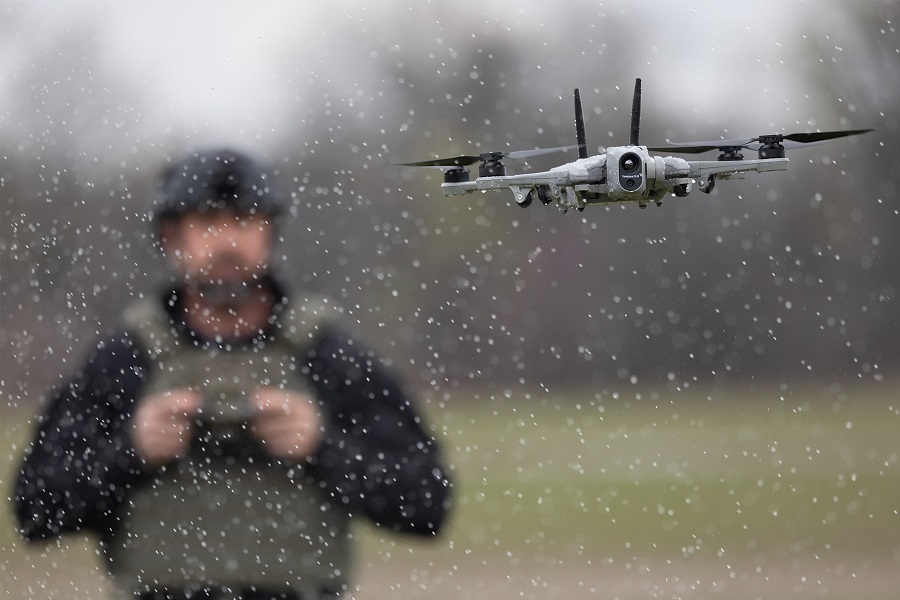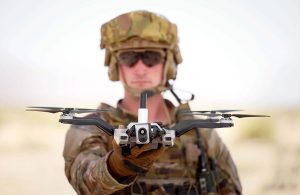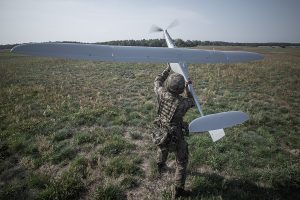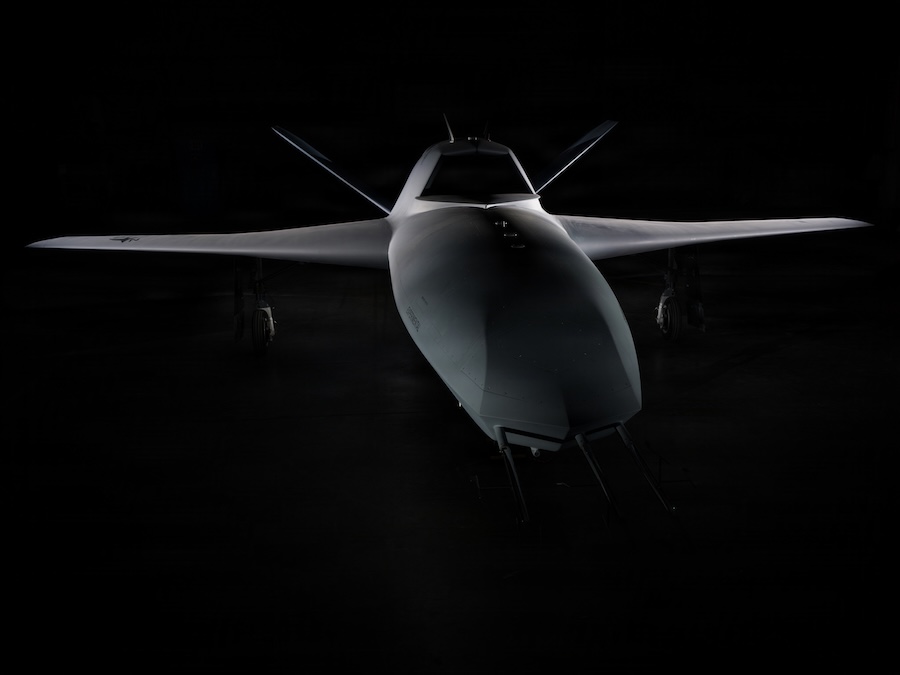The demonstration, held at the Army’s ACM-UAS Industry Day in Fort Rucker, Alabama, showed how Apium-enabled drones performed autonomous multi-agent missions, highlighting the potential of decentralised swarming for tactical operations. “One to Many swarming is the future of autonomous warfare,” said Tyler MacCready, Founder and Chief Scientist at Apium. “However, there needs to be a balance between autonomy and operator accessibility to ensure effectiveness. Our technology allows full swarm capability to be added to existing ‘off the shelf’ multi-domain UxS enabling a single operator to launch, command, and adapt swarms in real time without complex pre-mission planning or centralized control. Partnering with Red Cat and joining the Futures Initiative enables us to deliver that capability at the tactical edge.”
Apium’s architecture removes the need for constant uplinks or centralised control by placing the swarm logic onboard each drone, enabling local decision-making through cooperation with nearby vehicles. This design eliminates single points of failure, allowing swarms to keep operating even when vehicles fail or ground communications are disrupted.
Operators can activate or adjust various behaviours from Apium’s Swarm Library using a touchscreen interface, with functions ranging from basic surveillance to coordinated autonomous missions. Swarm composition can change mid-mission, allowing drones to be redirected and later reintegrated, enhancing flexibility in dynamic scenarios.
“Apium’s system brings distributed drone swarming out of the lab and onto the battlefield,” said Jason Gunter, Director of Special Programs at Red Cat. “They’ve proven that you can run adaptive, resilient swarming behaviors with minimal operator burden and without constant connectivity or centralized control. This is a major leap forward for tactical autonomy and the exact capability our warfighters need in complex, contested environments.”
As part of the Red Cat Futures Initiative, Apium will help integrate its swarm technology across Red Cat’s Family of Systems, including the Black Widow drone. The system is autopilot-agnostic and compatible with widely used platforms like PX4 and ArduPilot, supporting fast deployment across current and future unmanned systems.


























